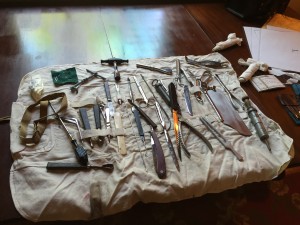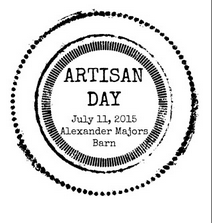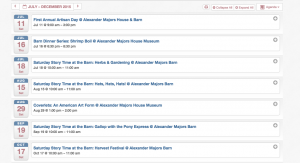I’ve finished compiling all the gathered information about the objects in the Alexander Major’s House into an Excel spreadsheet, which I believe will then be imported into PastPerfect (the museum’s collections management software). There are several required fields that must be filled out when adding object records for accession.
One is the Collection field. I decided to have each room of the house be its own collection. For example, there’s a painting of Alexander Majors in the house’s entry hall, so it will be part of the Entry Hall Collection. Objects are given both a less descriptive Object Name, as well as a more descriptive Object Title. The Object Title would be “Oil Painting of Alexander Majors,” while the Object Name would simply be “Painting.” The Object Description includes even more details about an object, including information about the object’s specific location in the room, it’s composition, place of origin, etc. For instance, the Object Description for the Major’s painting contains details about the artist and painting, like how it was painted by local artist Mary Campbell and was based on a tintype of Majors at age thirty-six. Other information required in an object record include the date the object was made, the name of the donor, the catalog date, and the name of the staff member who cataloged the object. The most difficult part has been finding out who the donor of an object was, which I am currently working on by looking through old newsletters and organizational papers.

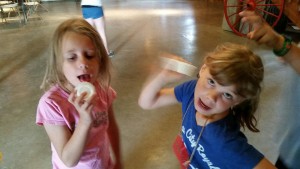
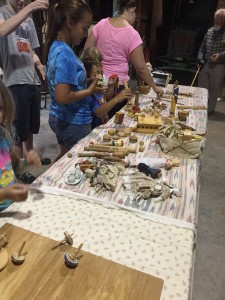
 I had the opportunity to help out with the
I had the opportunity to help out with the 